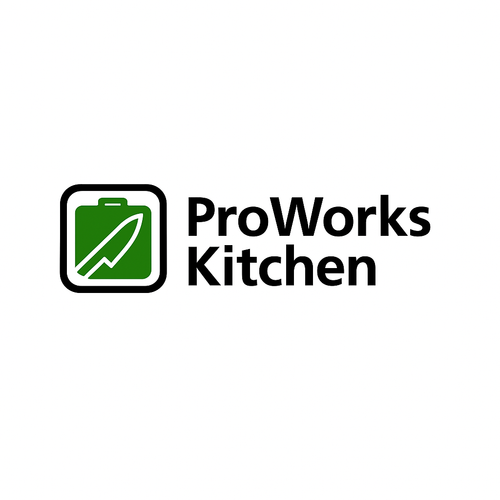You may use your cutting board every day without giving it a second thought, but did you know that your cutting board could be hiding health risks? Whether you’re using a plastic, wood, or metal board, there are some hidden dangers lurking on the surface of your cutting board that you might not even be aware of. Let’s dive into the shocking health risks your cutting board may pose and why it’s time to make the switch to a safer option.
The Hidden Risks of Plastic Cutting Boards
Plastic cutting boards are among the most commonly used boards in kitchens, but they come with some serious health risks:
- Microplastics: Every time you use a plastic cutting board, tiny pieces of plastic break off. These microplastics can end up in your food, where they can be ingested without you even realizing it. Research suggests that the average person could consume 10 credit cards worth of microplastics every year, and plastic cutting boards are one of the primary culprits.
- Bacteria Buildup: Plastic is prone to deep knife marks that can trap food particles and bacteria. Even with proper cleaning, these grooves create hiding spots where bacteria like Salmonella, E. coli, and Campylobacter can grow and contaminate your food.
The Bacteria Problem with Wooden Cutting Boards
Wooden cutting boards have a reputation for being gentler on knives, but they’re also a breeding ground for bacteria:
- Porous Surface: Wood is a porous material, which means it can absorb food juices, moisture, and bacteria. This creates the perfect environment for germs to grow, especially after cutting raw meat or vegetables. Even though some types of wood are known for having natural antimicrobial properties, they’re not enough to keep bacteria from thriving in the grooves and cracks.
- Cross-Contamination Risk: Bacteria from raw meat can easily spread to other foods if the board isn’t thoroughly cleaned, increasing the risk of foodborne illness.
The Truth About Metal Cutting Boards
While stainless steel and titanium cutting boards are often seen as a more hygienic option, they still come with some risks if not cleaned properly. However, the advantages far outweigh the risks:
- Non-porous and easy to clean: Unlike plastic and wood, metal cutting boards don’t absorb food or bacteria. They are easy to sanitize with just water or a quick rinse in the dishwasher. The only downside is that metal can still harbor bacteria on the surface if it isn’t washed regularly, but compared to plastic or wood, the risk is significantly lower.
The Solution: Stainless Steel and Titanium Cutting Boards
To protect yourself and your family from the health risks associated with traditional cutting boards, it’s time to switch to 304 stainless steel or 99.8% pure titanium cutting boards. These materials offer a non-porous surface that doesn’t absorb food or bacteria, ensuring a safer environment for food preparation. They are also incredibly durable and long-lasting, meaning you won’t have to worry about replacing them regularly.
Why Choose Stainless Steel or Titanium?
- Bacteria-resistant: These materials are non-porous, making it impossible for bacteria to hide or grow.
- No microplastics: Unlike plastic, stainless steel and titanium don’t shed harmful microplastics into your food.
- Knife-friendly: Titanium is softer than steel, so it preserves your knives’ sharpness.
- Long-lasting and durable: These boards will last for years without cracking, warping, or becoming scratched.
